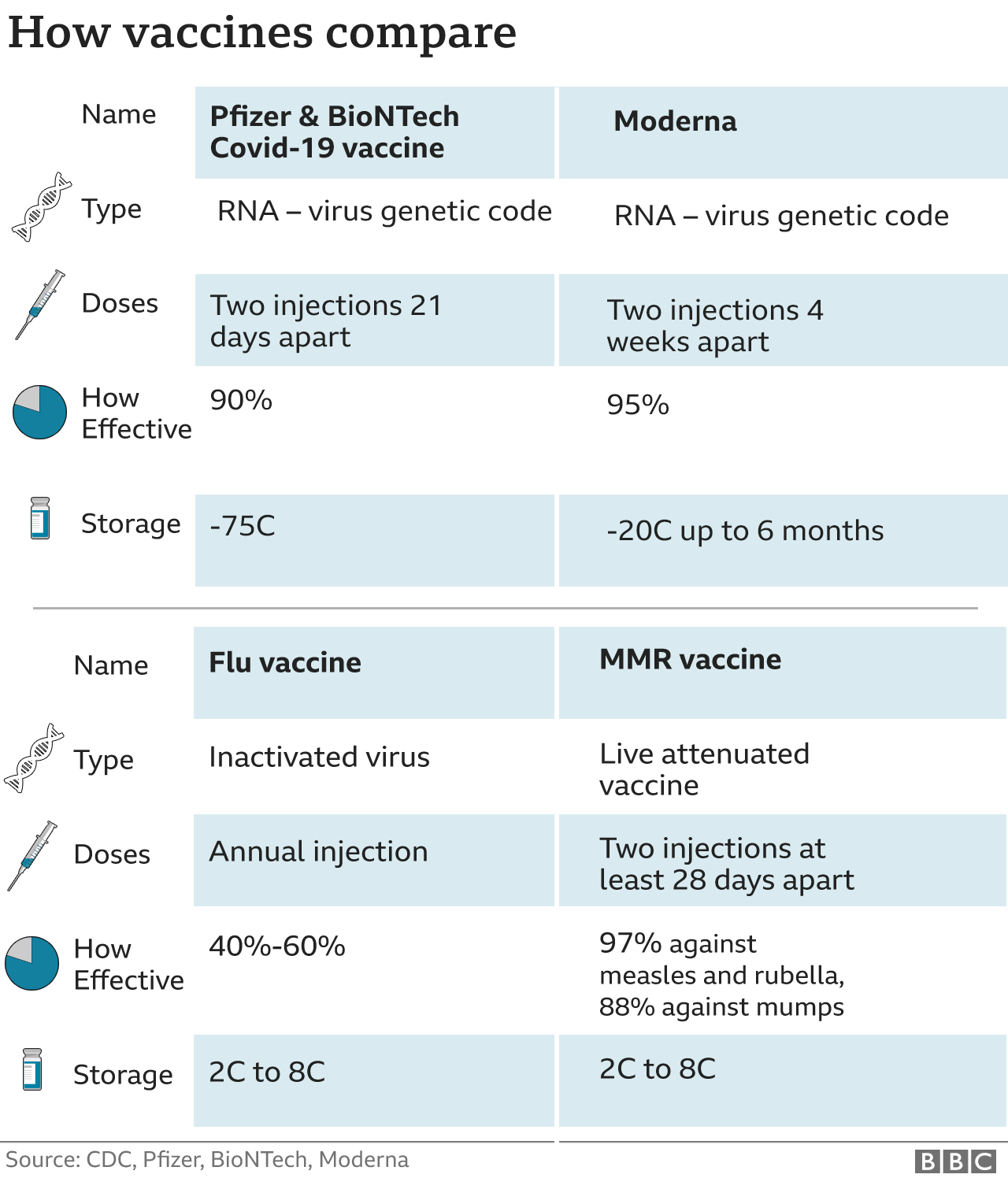
A recent report of 23 deaths among elderly vaccine recipients in Norway raised understandable safety concerns about the new COVID-19 vaccines. That's why people are observed for at least 15 minutes after receiving the vaccine with epinephrine at the ready. It usually occurs soon after vaccination, and can be treated with epinephrine (as in an EpiPen). The signs are trouble breathing, swelling of the face and throat, rash, and low blood pressure. CDC estimates suggest anaphylaxis occurs in 11 cases per million doses among people receiving the Pfizer/BioNTech vaccine.

(Click here for additional information on available vaccines.) What are the most common COVID vaccine side effects? Not only do these vaccines appear to lessen risk of developing COVID-19, but they also appear to lessen the risk of severe disease.

This vaccine is authorized for use in the US.
#Covid vaccine side effect statistics us trial#

This vaccine is authorized for use in Great Britain, but not in the US.
#Covid vaccine side effect statistics us full#

So, the rapid development of mRNA vaccines and other vaccines to prevent COVID-19 is welcome - some say miraculous - news. And of course, these measures don't work if they are not followed. Physical distancing, universal face coverings, and frequent handwashing are effective, but not foolproof. Children ages 12 to 15 can continue to receive this vaccine under emergency use authorization as more data is collected.Īs the pandemic rages on, it's increasingly clear that widespread vaccination is essential to help contain it. Editor's note: On August 23, 2021, the FDA granted full approval to the Pfizer/BioNTech COVID-19 vaccine for people ages 16 and older.


 0 kommentar(er)
0 kommentar(er)
